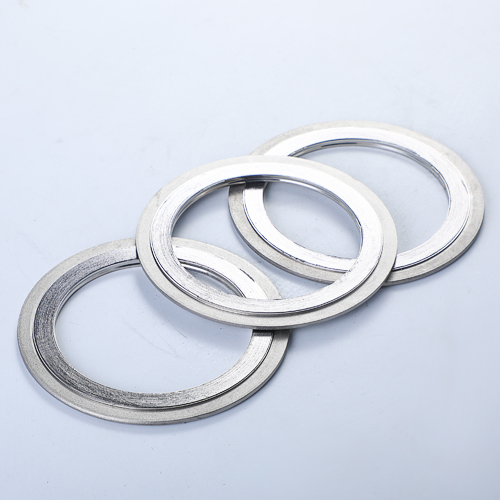NEWS
Mastering the Selection Process for Industrial Gaskets and Seals
Selecting the right gasket or seal for industrial applications is a critical task that can significantly impact operational efficiency and safety. Spiral wound gaskets have become increasingly popular due to their versatility and performance in high-pressure, high-temperature environments. Spiral wound gasket suppliers and manufacturers play a crucial role in providing these essential components to various industries, including oil and gas, chemical processing, and power generation. As the demand for reliable sealing solutions grows, understanding the intricacies of gasket selection becomes paramount for engineers and procurement specialists alike.
Table of contents:
Key Factors to Consider When Choosing Between Spiral Wound and Graphite Gaskets
Understanding the Pressure Ratings of Various Semi-Metallic Gasket Types
Industry-Specific Guidelines for Selecting Spiral Wound Gaskets
Training Your Team to Properly Specify and Install Spiral Wound Gaskets
Key Factors to Consider When Choosing Between Spiral Wound and Graphite Gaskets
When deciding between spiral wound and graphite gaskets, several factors must be taken into account. Spiral wound gasket manufacturers offer products that excel in applications involving extreme temperature fluctuations and high pressures. These gaskets consist of a metal winding strip and a filler material, providing excellent recovery and resilience. On the other hand, graphite gaskets are known for their chemical resistance and ability to conform to irregular surfaces. Spiral wound gasket suppliers often recommend their products for flanged connections in pipelines and pressure vessels, while graphite gaskets are preferred in applications where chemical compatibility is the primary concern.

Understanding the Pressure Ratings of Various Semi-Metallic Gasket Types
Pressure ratings are a critical aspect of gasket selection, especially in high-stakes industrial environments. Spiral wound gasket manufacturers design their products to withstand a wide range of pressures, typically offering options suitable for classes ranging from 150# to 2500# and beyond. The pressure capability of a spiral wound gasket is determined by factors such as the winding metal, filler material, and the presence of inner and outer rings. Spiral wound gasket suppliers can provide detailed information on the pressure ratings of their products, ensuring that customers can make informed decisions based on their specific application requirements.
Industry-Specific Guidelines for Selecting Spiral Wound Gaskets
Different industries have unique requirements when it comes to gasket selection. In the oil and gas sector, spiral wound gasket manufacturers often produce gaskets with stainless steel windings and graphite fillers to withstand corrosive environments and high temperatures. For chemical processing plants, spiral wound gasket suppliers may recommend gaskets with PTFE fillers for enhanced chemical resistance. In power generation, where steam and high temperatures are common, gaskets with high-grade stainless steel windings and flexible graphite fillers are often preferred. Understanding these industry-specific guidelines is crucial for selecting the most appropriate spiral wound gasket for a given application.
Training Your Team to Properly Specify and Install Spiral Wound Gaskets
Proper specification and installation of spiral wound gaskets are essential for optimal performance and longevity. Spiral wound gasket manufacturers often provide training resources and technical support to help customers understand the nuances of gasket selection and installation. Key aspects of training should include proper torque application, bolt tightening sequences, and understanding the importance of flange surface conditions. Spiral wound gasket suppliers may offer on-site training or virtual workshops to ensure that end-users are well-equipped to handle these critical components. By investing in comprehensive training, companies can minimize the risk of leaks, reduce downtime, and extend the service life of their gaskets.
The process of selecting and implementing spiral wound gaskets requires a deep understanding of material properties, application requirements, and installation techniques. By partnering with reputable spiral wound gasket suppliers and manufacturers, industries can ensure they are using the most appropriate sealing solutions for their specific needs. As technology and materials continue to advance, staying informed about the latest developments in gasket design and performance will be crucial for maintaining operational excellence and safety standards across various industrial sectors.